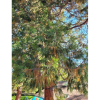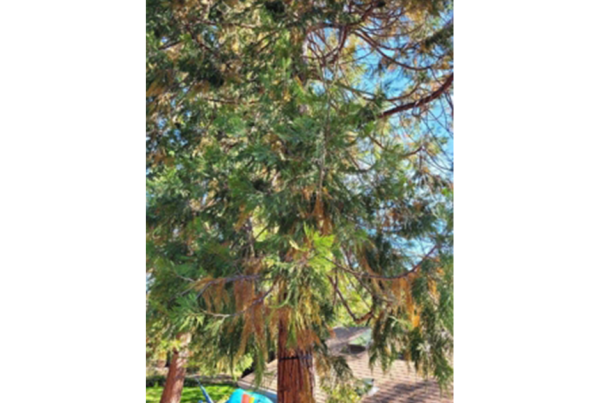
When it comes to tree roots, can you handle the truth? Because roots are misunderstood and get blamed or a lot of damage they don’t cause. At Image Tree Service in Windsor, CA, we want to keep our blog readers informed about the entire tree-from branches to bark and that’s right—even roots., because all of these things can affect the health of your trees.
Root systems are vital to the health and longevity of trees. All plants need water, oxygen and nutrients and much of it is delivered via roots. The roots live near the soil surface where precipitation infiltrates the soil and oxygen from the atmosphere diffuses into the porous soil. Most roots, therefore, especially the important, tiny, absorbing roots, proliferate near the upper 18″-24″ of soil. When space is available, roots can spread two to three times further than the branches. Tree roots are often associated with situations that cause damage to structures, pavements, and utilities, but in almost every case, roots are not the cause of the problem.
Roots and Underground Pipes
Instances of pipes being broken by the growth of roots are rare, but blockage of damaged pipes is not uncommon. As roots enlarge, they may occasionally break the pipes and enter the cracks. More commonly, the pipes fail (especially at the joints) due to age or slight movement of the soil, allowing roots to invade. Moisture and nutrients released from ruptures can stimulate root growth toward the break in the pipe. Once a root enters a sewer pipe, the conditions of aeration, moisture, and nutrients are quite favorable for rapid growth. Species that are naturally found in wet areas such as Poplars, Willows, and Silver Maples, are commonly associated with clogged pipes. Blocked sewers usually must be cleared mechanically. Mechanical routing may be needed on an annual basis. Registered chemical treatments are available. The main advantage of these products is that they can be placed into the sewer as a foam for more effective contact with roots; however, it is essential to follow label directions. The only permanent solution to the problem, however, is to replace ruptured pipes. Modern materials and joints should prevent most problems in the future.
Roots and Pavement
If trees are too close to pavement, or if compacted soil forces large roots to grow very near the soil surface, roots can eventually lift pavement. When roots encounter a paved area, the only entry is often a gap between the soil and pavement. Future problems can be prevented at the time of planting by using smaller plants, providing a minimum distance of 4 feet between the tree and the pavement, or using mechanical barriers to prevent roots from growing under the pavement. Remedies for lifted pavements around mature trees often involve either moving the pavement away from the tree or pruning off the problem roots. Barriers are often installed after the roots are cut to prevent re-growth of the roots and recurrence of the pavement lifting. Cutting off the problem roots often causes stress and instability. Trees without sufficient root support can be blown over more easily in a storm.
Roots and Foundations
Roots are often blamed for damage to foundations. In reality, roots are rarely the cause of the problem. Though small roots may penetrate existing cracks in foundations, they are incapable of causing mechanical damage through their growth. Soil subsidence can result in damage to structures. Under very special circumstances roots can contribute to this problem. When soils are prone to shrinking substantially during periods of drought, and if foundations are shallow, roots can contribute to depletion of soil moisture under the foundation, causing it to subside.
Categories: Tree Service, Tree Facts
















